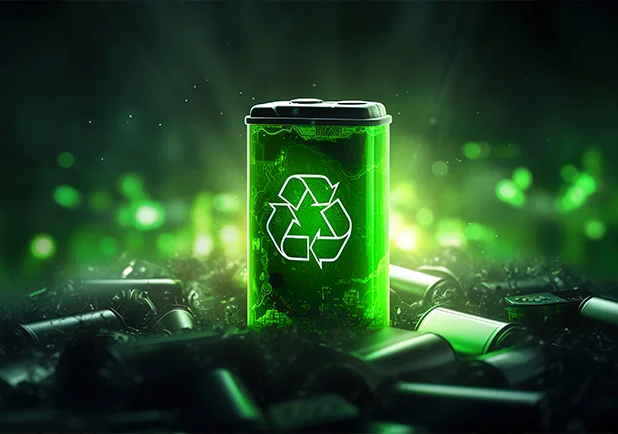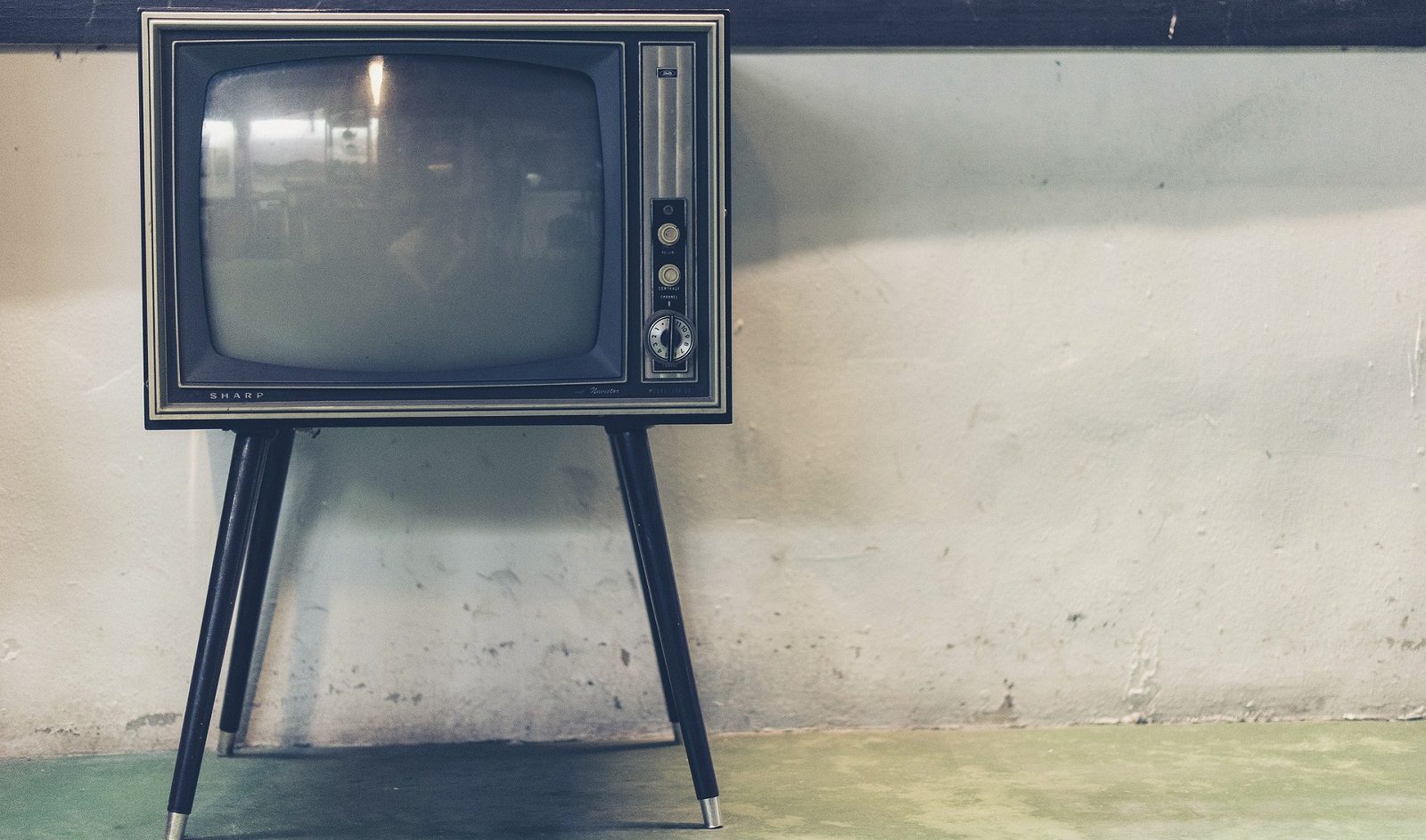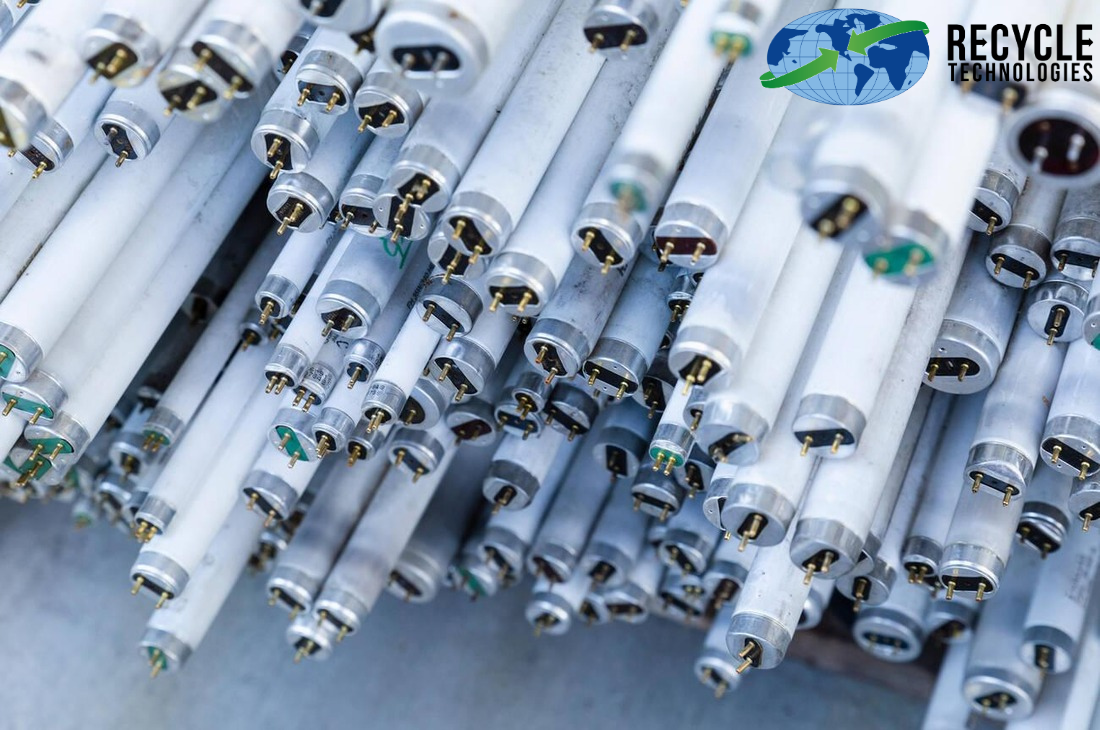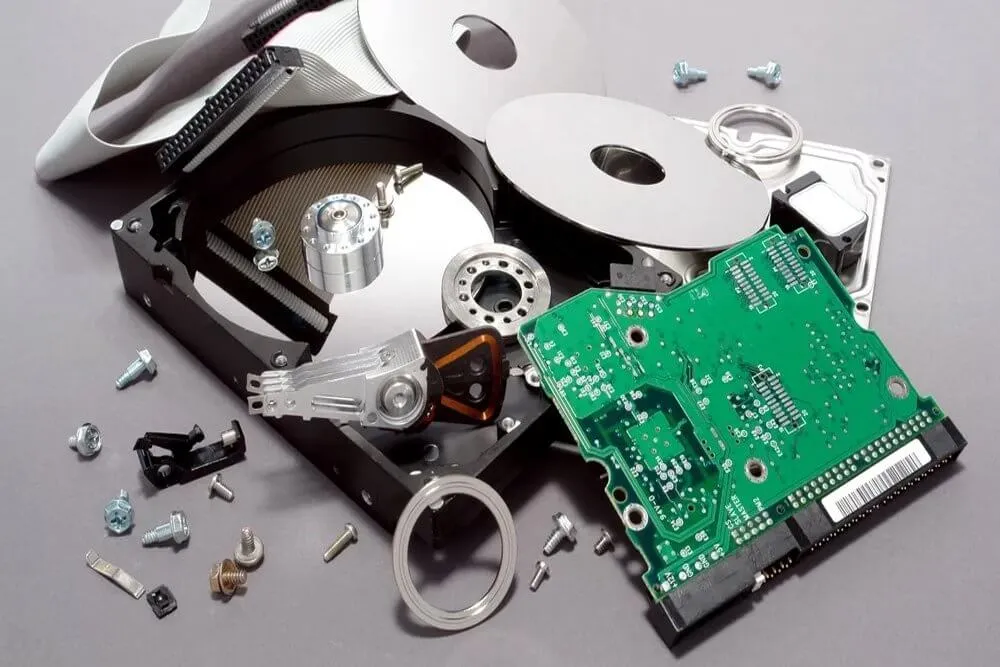Earlier this year, the Biden administration announced a new plan to slowly phase out fluorescent light bulbs in favor of modern LED lights. For quite some time, people have been silently observing LEDs (light emitting diodes) on their way to dethrone the compact fluorescent lamps (CFL) as king of the green lighting choices—however, the phasing out targets explicitly the manufacturing of fluorescent bulbs and not on their usage.
What recycling companies such as Recycle Technologies have done for the past three decades is to educate people on the importance of recycling responsibly. Neglecting the core aspect of recycling for impactfully phasing out CFLs (compact fluorescent lamps) might be a knowledge gap at the high echelons.
Still, it must be noticed by organizations actively working towards a sustainable future.
The Rise and Fall of Fluorescent Light Bulbs
Fluorescent lighting became popular in the 1930s and, by the 1970s, was the dominant technology for indoor lighting. Fluorescents last longer and are more energy efficient than incandescent bulbs. These bulbs were better than the original filament because they would not waste electric potential due to friction.
With the LED lighting, the energy efficiency percentage has been pushed to 75%, which is a game changer. CFLs could only ever reach 25% energy conservation because of friction losses.
It makes a problem for the fluorescent light manufacturers, which have actively tried to make the process less likely to take a toll on the environment. The fluorescent bulbs lack ecological protection despite being energy efficient. These bulbs contain hazardous elements, notably mercury, which are proven neurotoxins and last for years without degradation.
Now, when the shift is happening, it is on companies like Recycle Technologies who think they can step up to handle the e-waste problem arising from people phasing out fluorescent bulbs.
Issues with Using CFLs
Not everything is a bed of roses using fluorescence. Even though these bulbs were a better alternative to the filament bulbs, it did not make them perfect. Following are two of the significant issues reported by CFL users:
Flickering and Slow Start
Fluorescent lights are notorious for their flickering and slow start-up time. When you turn on a CFL, the initial few moments can be frustrating as it takes time to reach full brightness. This flickering can cause discomfort and irritation, particularly for those sensitive to light.
Limited Lifespan of Fluorescent Light Bulbs
Despite their reputation for lasting longer than traditional incandescent bulbs, CFLs still have a limited lifespan. On average, a CFL will last about 8,000 to 10,000 hours (about one year, one and a half months). While this is better than incandescent bulbs, it falls short compared to LED bulbs' lifespan.
Recycling solves many of these problems, as the short term means more bulbs for recycling. It also solved the toxin problem because people would get a renewed lighting system. The moderate use of fluorescent bulbs is a significant step forward, but for a comprehensive approach, we need to promote the reason for recycling.
According to the EPA (Environmental Protection Agency), "recycling prevents the release of mercury into the environment." It must be clear here that fluorescent light bulbs are not inherently harmful. Only when they break or end up in landfills do they become a significant problem for recycling companies.
Here are a few reasons why Recycle Technologies promotes responsible fluorescent light recycling as part of the more fantastic, greener future:
Harmful Toxins
CFLs contain a small amount of mercury vapor, a toxic substance. Recycling prevents this mercury from entering landfills and potentially harming the environment. Recycling CFLs at a facility ensures that their components, including mercury, glass, and metal, are safely disposed of, or reused, reducing their environmental impact.
Resource & Energy Conservation
Recycling CFLs helps conserve valuable resources, such as glass and metal, by reusing these materials to manufacture new bulbs. The process reduces the need to extract and process raw materials for contemporary CFLs, resulting in energy savings and a smaller carbon footprint.
Legislation and Regulation
Many regions have laws and regulations that require the safe disposal and recycling of fluorescent lighting to protect public health and the environment. Recycling Technologies advises its customers to adopt recycling practices to remove lighting products.

Preventing Fluorescent Light Bulbs To Reach Landfills
Keeping CFLs out of landfills reduces the volume of waste in these facilities, extending their lifespan and lowering waste management costs. It also directly promotes a healthier community by preventing the release of mercury, which can contaminate air, water, and soil.
The Way Ahead
LEDs are here to stay; there is no denying the writing on the wall. However, it is also not plausible to not work for a conserved future – one where lighting bulbs get recycled and slowly phased out. At Recycle Technologies, we are working towards an end where people can handle e-waste more efficiently.
These steps include CFL bulb recycling kits, among other notable services, such as dismantling and recycling bulb components. We have also established non-PCB ballast, plastic-coated and shielded tubes, green-tipped bulbs, and circular U-bend or U-shaped Fluorescent Bulbs Recycling In Minneapolis MN.
Recycling light bulbs is a challenging process. It requires effort from every stakeholder involved, including the law-making agencies, recycling companies, and the public. It must be noted here that recycling is not an opposition to phasing out: it is a core part of it.
If you have a faulty or broken fluorescent bulb, remember it is incredibly fragile and can complicate recycling processes if mishandled. So, if you decide to drop a defective piece in any of our facilities, always ensure that you do so carefully. You can also inform us via a free quote.













